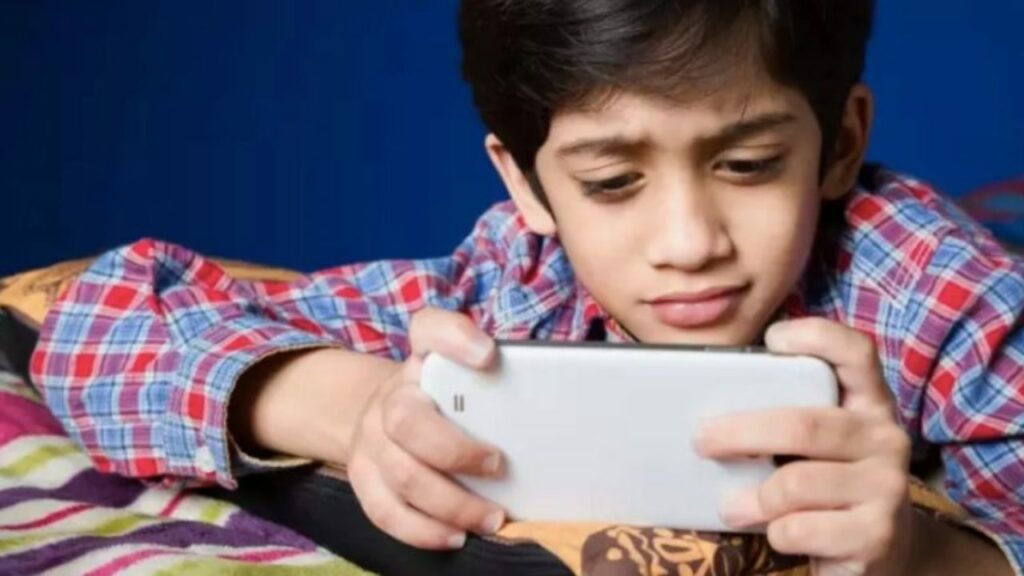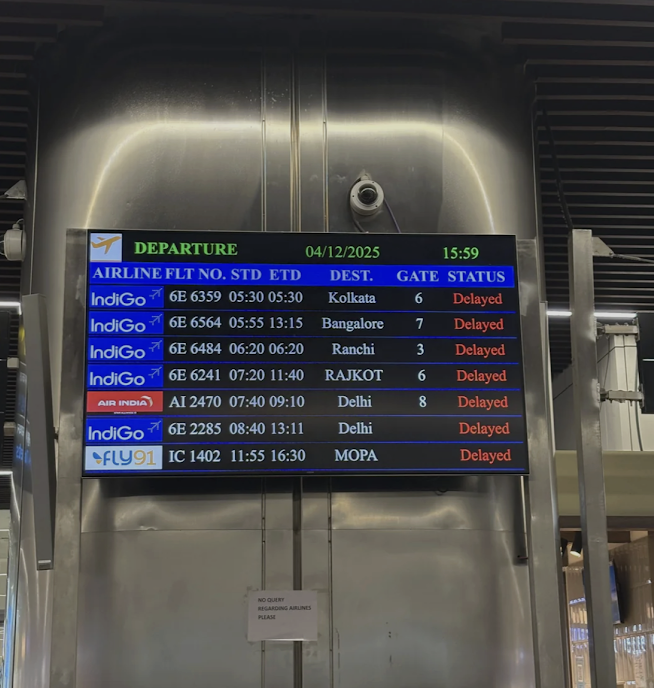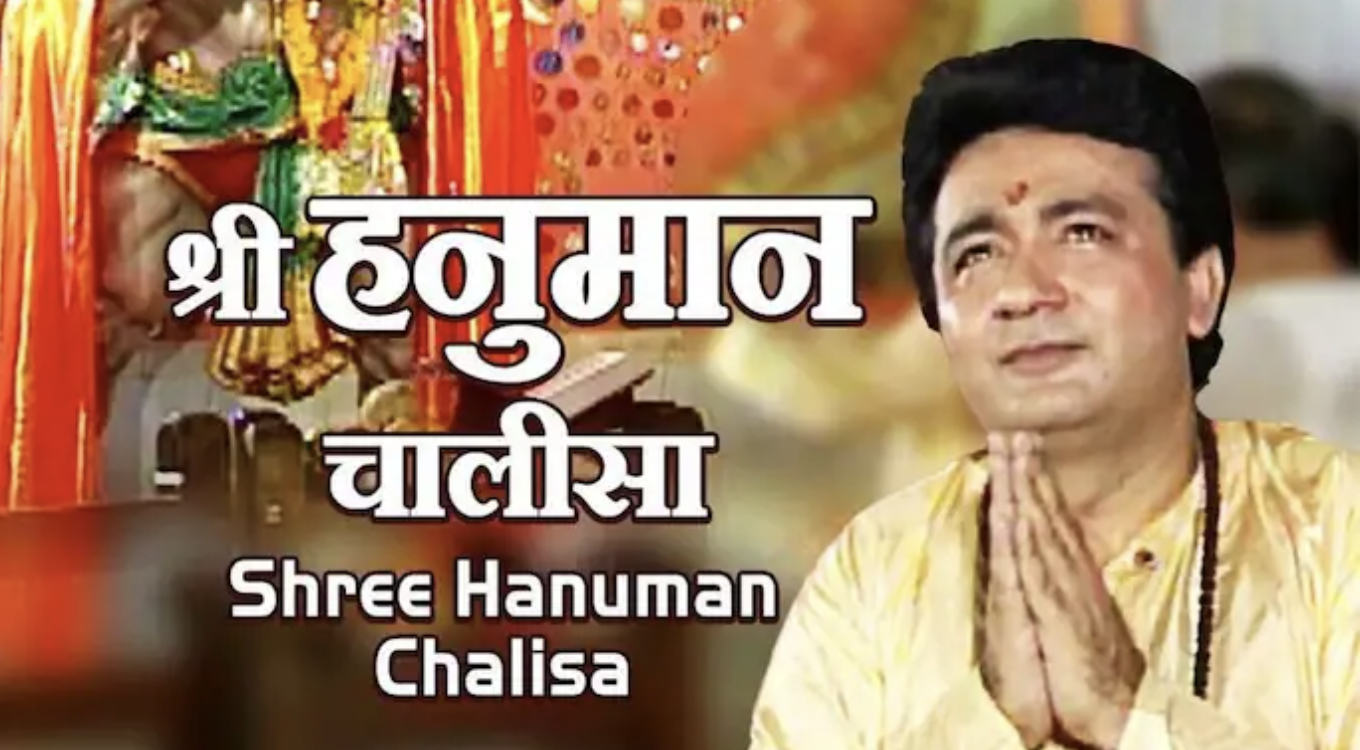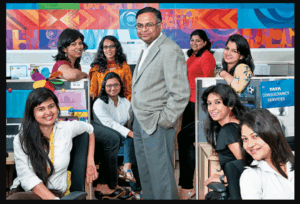The Delhi High Court has ruled against a complete ban on smartphones in schools, instead establishing guidelines to regulate their usage. While acknowledging the potential for misuse, the court recognized the importance of smartphones in ensuring student safety and facilitating communication with parents. Justice Anup Jairam Bhambhani emphasized that the role of technology in education has evolved, and an outright ban would be impractical and counterproductive.

Delhi High Court Ruling on Regulating Smartphone Use in Schools
The case stemmed from a petition filed by a minor student challenging the restriction on smartphone use at Kendriya Vidyalaya. The student requested permission for smartphones in schools, prompting the school to ask the court for clear guidelines. After deliberation, the court ruled that students should not be barred from carrying smartphones, but their use must be subject to reasonable restrictions.
Key guidelines include: schools should provide facilities for students to deposit smartphones during school hours where possible, and smartphones should be prohibited in classrooms, school vehicles, and common areas. Additionally, schools should educate students on responsible online behaviour, digital etiquette, and the dangers of excessive screen time, including its links to anxiety, reduced attention spans, and cyberbullying. Smartphones should be used for safety and communication with parents, but entertainment and recreational use should be prohibited.
Delhi High Court Advocates Flexible Smartphone Policies in Schools
The court also recommended that schools consult parents, educators, and experts when formulating smartphone policies, ensuring flexibility to meet specific needs. It advised clear, fair, and enforceable consequences for violations, such as smartphone confiscation. Furthermore, schools should regularly review and adapt policies to address emerging technological challenges.
The court directed that its order be sent to the CBSE, Delhi’s Directorate of Education, and Kendriya Vidyalaya Sangathan for further action. The ruling aims to strike a balance between leveraging technology for student safety and minimizing its potential for harm.












